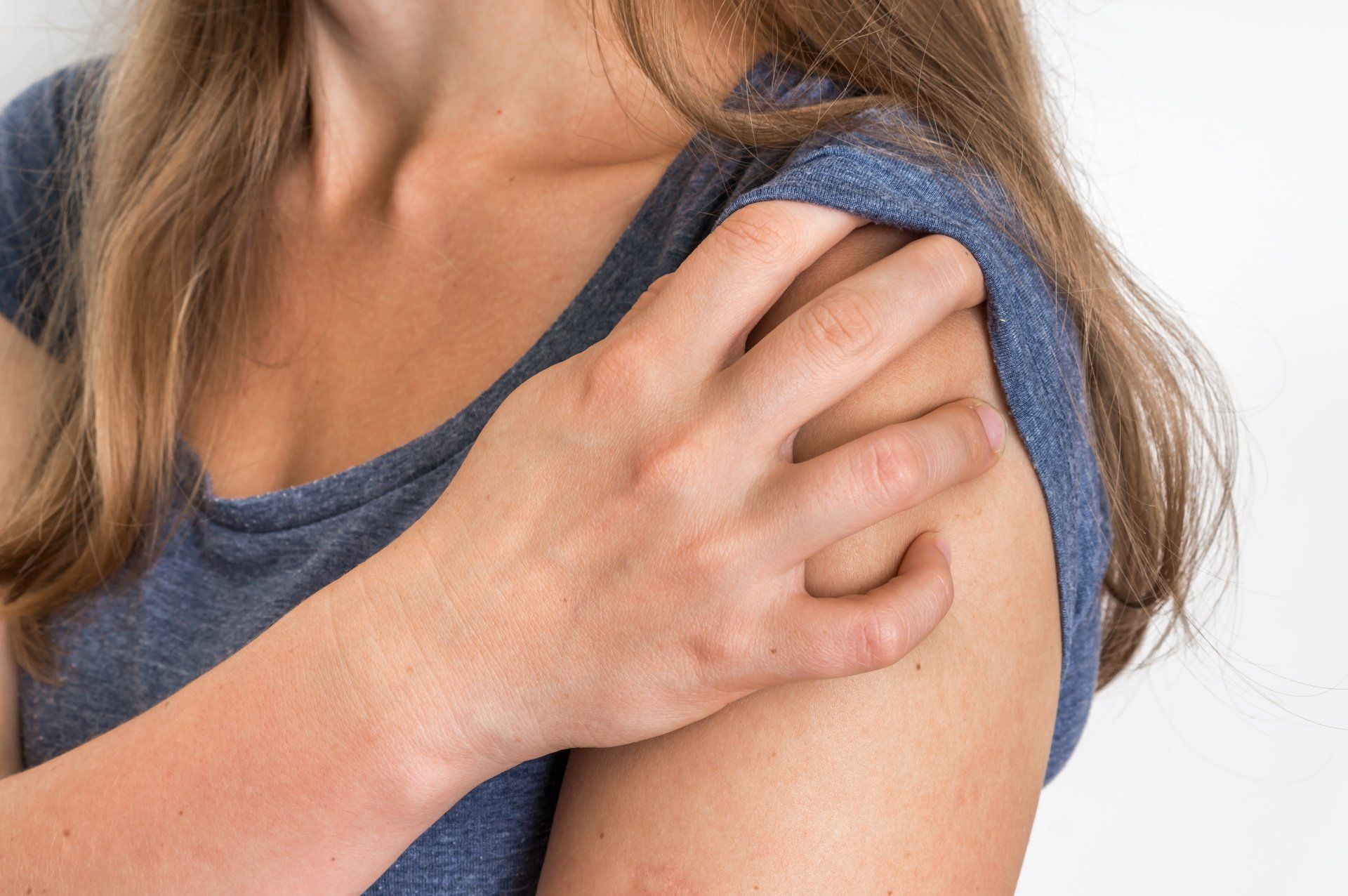Shoulder SLAP Tear Treatment in Baton Rouge
Shoulder SLAP Tear Overview
The labrum is a cup-shaped piece of cartilage located within the shoulder joint. It connects to the rim of the socket and provides the joint with support, stability, and cushion so that it may move smoothly and painlessly while maintaining its proper position. On occasion, the labrum becomes torn or damaged due to repetitive stress or trauma. When this occurs to the superior portion of the labrum, it is known as a superior labrum anterior posterior tear, or SLAP tear. This section of the labrum is also where one portion of the biceps tendon attaches which can cause additional stress across this area.
Shoulder SLAP Tear Causes
SLAP tears typically occur due to acute injury or stress from repetitive, overhead motion. They are common injuries among athletes, particularly those who participate in sports such as baseball, volleyball, and swimming. Common causes of SLAP tears, include:
- Rapid or repetitive overhead movement such as throwing
- Falling onto the shoulder or outstretched arm
- Car accident
- Shoulder dislocation
- Lifting heavy objects, particularly overhead
Shoulder SLAP Tear Symptoms
Following a SLAP tear, patients may experience difficulty moving the shoulder, weakness, and pain. Other potential signs and symptoms include:
- Deep pain often felt at the back of the shoulder joint
- Pain with shoulder or arm movement
- Pain when lifting objects
- Shoulder weakness or instability
- Popping or catching sensation with shoulder movement
Shoulder SLAP Tear Diagnosis
If an orthopedic physician suspects a shoulder SLAP tear, they may perform one or more of the following tests to confirm the diagnosis:
- Active Compression Test (O'Brien's Test) - The patient extends the arm straight in front of them. The physician will apply downward pressure at the wrist as the patient rotates the arm. Pain experienced with the thumb facing downward is an indicator of a SLAP tear.
- Crank Test - With the arm extended to the side, the physician will apply force and rotate the arm. If a click can be felt as the shoulder rotates, a SLAP tear is likely.
- Magnetic Resonance Imaging (MRI) - SLAP tears do not always appear on typical MRI scans. For best results, a physician may order an MRI with contrast injection.
Shoulder SLAP Tear Treatment
Some shoulder SLAP tears heal with conservative treatment and time. However, other cases will need more aggressive treatment and may even require surgical repair. Potential SLAP tear treatments include:
- Nonsteroidal Anti-inflammatory Drugs (NSAIDs) - Early treatment of SLAP tears focuses on reducing pain and inflammation and may include the use of drugs such as naproxen or ibuprofen.
- Physical Therapy - Another key to rehabilitating the shoulder following a SLAP tear is strengthening and restoring mobility through targeted exercises. Not only can these
physical therapy exercises allow the shoulder to begin to heal, they can also help prevent future injury.
- Arthroscopic Surgical Repair
- If surgical repair is required, it will most likely be done arthroscopically, involving the use of a small camera in the shoulder joint. Depending on the type and degree of tear, the surgeon will determine the most effective method of repair. Options may include removing part of the damaged section of the labrum, suturing it back together, or performing a biceps tenodesis.
Shoulder Slap Tears Surgeons in Baton Rouge
ALAN C. SCHROEDER, M.D.
Shoulder Arthroscopy
General Orthopedics
Orthopedic Sports Medicine



